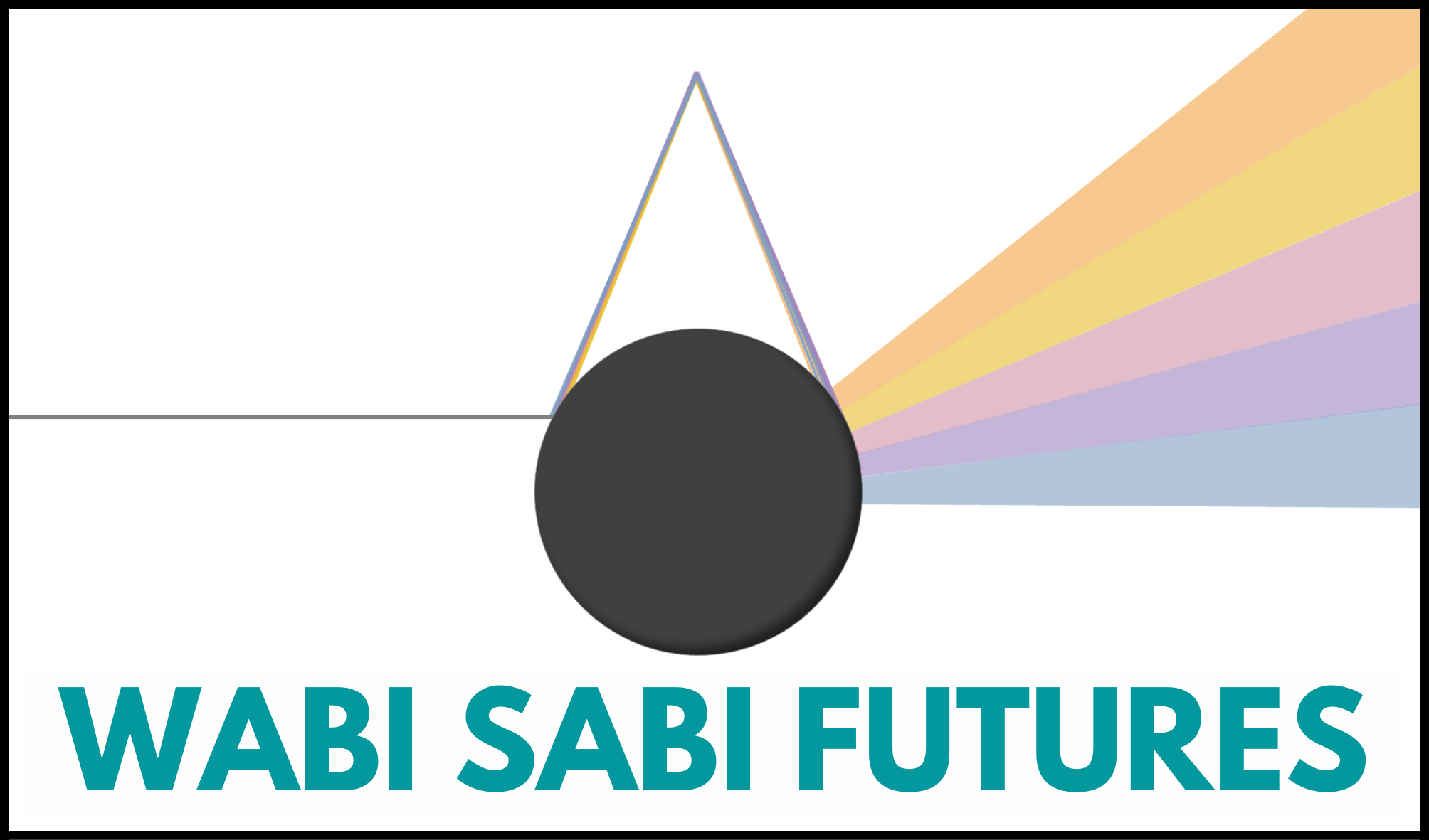It’s been a minute since I last wrote, but you’ve been on my mind.
Much of my attention over the past months has been poured into two new university offerings I have been supporting as they take their first steps into the world.
Last week I ran my final tutorial for an exciting unit offered through UTS called Envisioning Futures Worth Wanting. It has been a rollercoaster of learning for both students and tutors as we have drawn on the benefits of multidisciplinary collaboration and exploration, and challenged ourselves to create compelling visions of futures we can get excited about.
Working with the City of Sydney as an industry partner took this learning up a notch, as students could share their visions and concerns about the future directly with the City as part of their stakeholder consultation strategy.
I’ve also been writing content for Monash Business School for an exciting new Masters program exploring what it means to lead at this time of great change. Designed for people who are angry about the state of the world and want to do something about it, this content has been a joy to create, sharing futures and foresight concepts and methods to leaders across industry to help them create compelling visions of the future, attend to unintended consequences, and harness uncertainty as a source of agency.
As these projects wrap up, I’m noticing my energy, enthusiasm and ideas are streaming towards creating my own courses. This noticing has returned me to one of my favourite themes: attention.
Tuning into your attention, being able to notice what you are noticing, can be a superpower. So often we move through life on autopilot, without noticing what is capturing our attention, calling our attention, or diverting our attention.
Building your capacity to attend to your own attention is a superpower. This is one of the key crossovers I’ve found between my foresight and arts training – both practices are built on a foundation of being able to notice what is around you, and how you (and others) respond.
So it was quite a happy surprise to learn from a dear friend that Jenny Odell was speaking in Melbourne last night.
I first encountered Jenny’s work through her book How to Do Nothing: Resisting the attention economy, a personal yet expansive exploration of attention that quickly became a favourite read during the lockdowns.
She was in town discussing her new book Saving Time: Discovering a life beyond the clock, which I can’t wait to crack the spine on. The broad-spanning conversation ranged from the colonisation of time, geological time, and time as a loop, to seeing rocks as living things, and seeing Marie Kondo not as a self-help guru but a proponent of an anti-consumerist, Animist philosophy. Good stuff.
This week, I want to share with you a process Jenny shared with us, exploring how we can direct our attention to notice the slow signals of change around us.
Next time you are out in your neighbourhood, I invite you to notice a lifeform you regularly pass by. This might be the branch of a tree, a bush, a family of birds, a waterway, or even a rock (if you’re open to the idea that rocks could be living).
Whenever you pass this lifeform, notice it. Really pay attention to it – the form, the colour, the shape, the movement. With close attention and frequent observation, you’ll see the change of life unfolding as the seasons progress.
Lifeforms like our little bird family will change at a faster pace, as we see chicks fledge, mature, and lay eggs of their own. Lifeforms like our rock will change more slowly as it responds to the elements around it, telling the story of its time on earth.
If you do this, I’d love to hear what lifeform you’ve chosen and what you start to notice. Hit reply and tell me about it!
“I don’t predict the future. All I do is look around at the problems we are neglecting now and give them about 30 years to grow into full-fledged disasters.”– Octavia E. Butler
